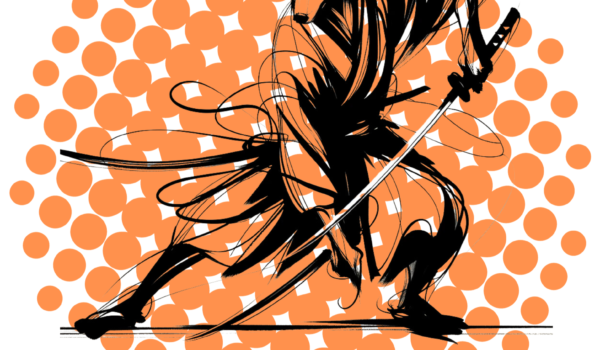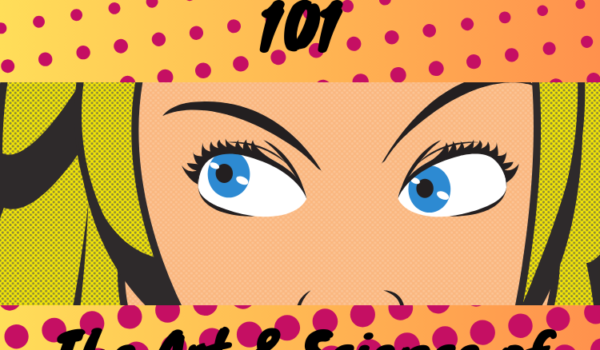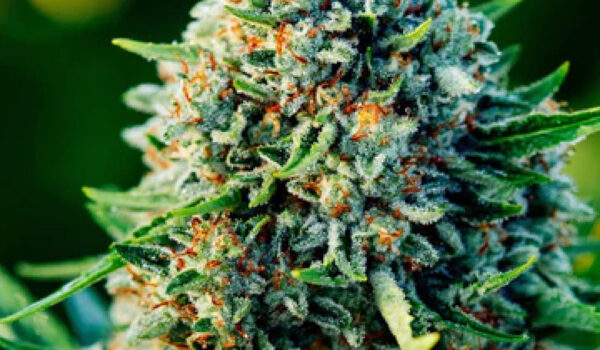Brothers and sisters here at Green Coast Radio, we thrive on conversations about altered states of mind, the future, media, counter-culture, and the underground. As we put our mind to another exciting year, it’s time to rethink how the cannabis and psychedelic industries communicate and connect with their audiences. The key to progress lies in dynamic strategies that educate, inform, and engage.
The Difference Between Informing and Educating
Before we start talking about technology, I want to share some things with you. One of the most important lessons we’ve learned from running a music streaming station is understanding the difference between informing and educating an audience—and knowing which tools are best suited for each. Educating involves long-form content like podcasts, webinars, and detailed articles that allow for deeper exploration and foster meaningful engagement. Education also demands time, resources, and a deeper commitment from both creators and audiences. We don’t try to educate in 60 seconds, it’s not possible for us. In music streaming, because our competition is so fierce, if we don’t have new listeners hooked or the very least curious in 45 seconds, they are gone.
In contrast, informing is quicker, cost-effective, and easier to scale. For instance, our “Two Minutes of Terpenes” series provides short, engaging insights into cannabis terpenes. It’s not about teaching everything; it’s about sparking curiosity and highlighting interesting aspects. Platforms like social media are excellent for delivering bite-sized content to inform and engage quickly while podcasts and YouTube offer opportunities for deeper conversations and education.
A Call for Dynamic Campaigns
When we started Green Coast Radio, our promotional efforts followed the standard industry playbook. We created postcard-style promotional materials featuring event calendars and schedules for our weekly streaming shows. While they looked great, we quickly noticed they often ended up discarded—on the floor or in the trash at events. It didn’t matter how clever or beautiful our designs were; they weren’t giving people a reason to keep them, let alone share them with friends.
That realization inspired us to rethink our approach. We decided to pivot our promotional postcards into something dynamic, obvious and different—something that people would value, covet, use and share. Instead of just another informational flyer, we turned them into actual postcards that people could write a message on, add a postage stamp, and mail to someone. To make them even more compelling, we shifted the focus from promoting the station to creating artwork that stands on its own and giving it away. The designs are unbranded, with a QR code or station website on the back as the only connection to Green Coast Radio. They’re not advertisements but pieces of art that people are excited to find in their mailbox or local cannabis dispensary and cherish.
This shift in that promotional strategy has strengthened our cultural connection and engagement with our community. Our fans and mailing list members love the artwork and often ask for extra postcards to replace the ones they say were stolen or they never received. In those situations, we like to imagine letter carriers and close friends taking them home for their personal collections. It’s a campaign where being a “victim of your own success” is a good thing. It’s proof that even traditional campaigns can become dynamic when they focus on creating value and fostering engagement.
In 2025, campaigns must go beyond being clever and beautiful (visually appealing)—they need to be dynamic, adapting to audience needs and creating connections across diverse platforms. For cannabis and psychedelic brands and events, technologies like gamified education and augmented reality (AR) will transform how they communicate, educate, and engage with the community they’re building around their culture.
Gamified Education Platforms: Engaging Through Interaction
Gamified education turns learning into a dynamic, interactive experience. Tools like quizzes or virtual simulations make complex topics approachable and fun. For example, a “strain finder” quiz can recommend products based on user goals like relaxation or creativity, fostering trust and engagement. By incorporating AI to personalize recommendations, offering rewards like discounts or exclusive content, and using analytics to refine content based on user behavior, these platforms not only educate but also create memorable interactions. Gamified education is a powerful way to stand out in the competitive cannabis and psychedelic industries while connecting with audiences in a more meaningful way.
Augmented Reality: Elevating B2B Cannabis and Psychedelic Events
Augmented reality brings immersive experiences to B2B cannabis and psychedelic events, transforming how brands showcase their products and engage with attendees. For example, AR allows attendees to visualize product details like terpene profiles or cultivation processes without needing physical samples. AR-enabled booths can create interactive experiences by allowing visitors to scan codes that unlock product stories, videos, or exclusive content, keeping them engaged longer. At the same time, AR can make networking and education more dynamic, with features like scavenger hunts or quizzes that encourage exploration and interaction. During speaker sessions, AR can overlay presentations with 3D visuals or live polls, enhancing audience participation. After the event, personalized AR follow-ups ensure attendees remain engaged and connected to the brand. By providing memorable, interactive experiences, AR blends education and entertainment, making B2B events more impactful for both brands and participants.
Building Systems for Connection
In an era of rapid growth and innovation, the cannabis and psychedelic industries should use those tools that make it easier to educate, inform, and engage audiences dynamically. Gamified platforms and AR experiences are more than trends—they are transformative strategies that can inspire curiosity, build trust, and drive growth.
It is time to move beyond platforms that censor or restrict our messages and instead create systems that amplify our voices and connect us more authentically with our communities. Together, we can shape a future where education meets innovation, and connection sparks transformation.








